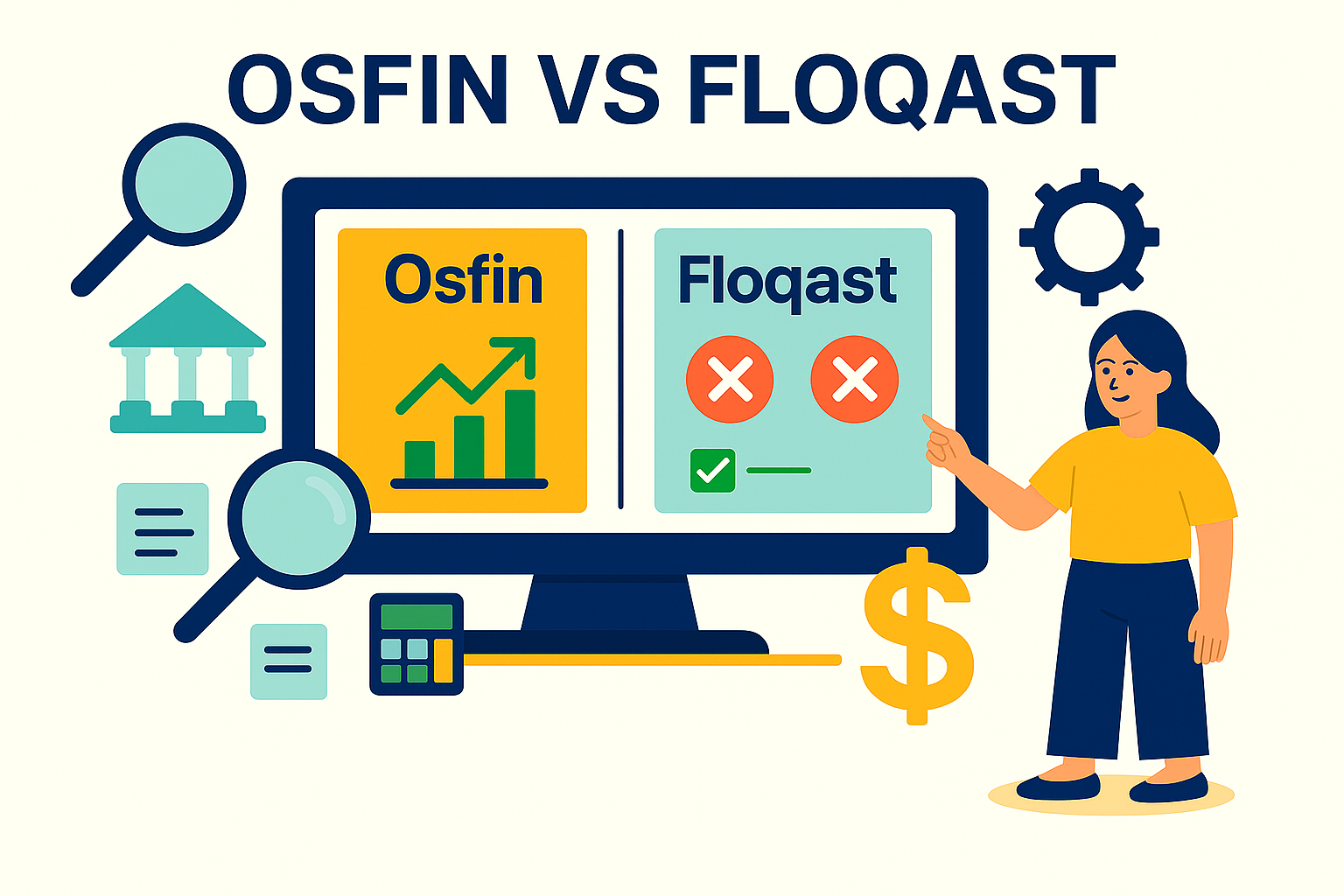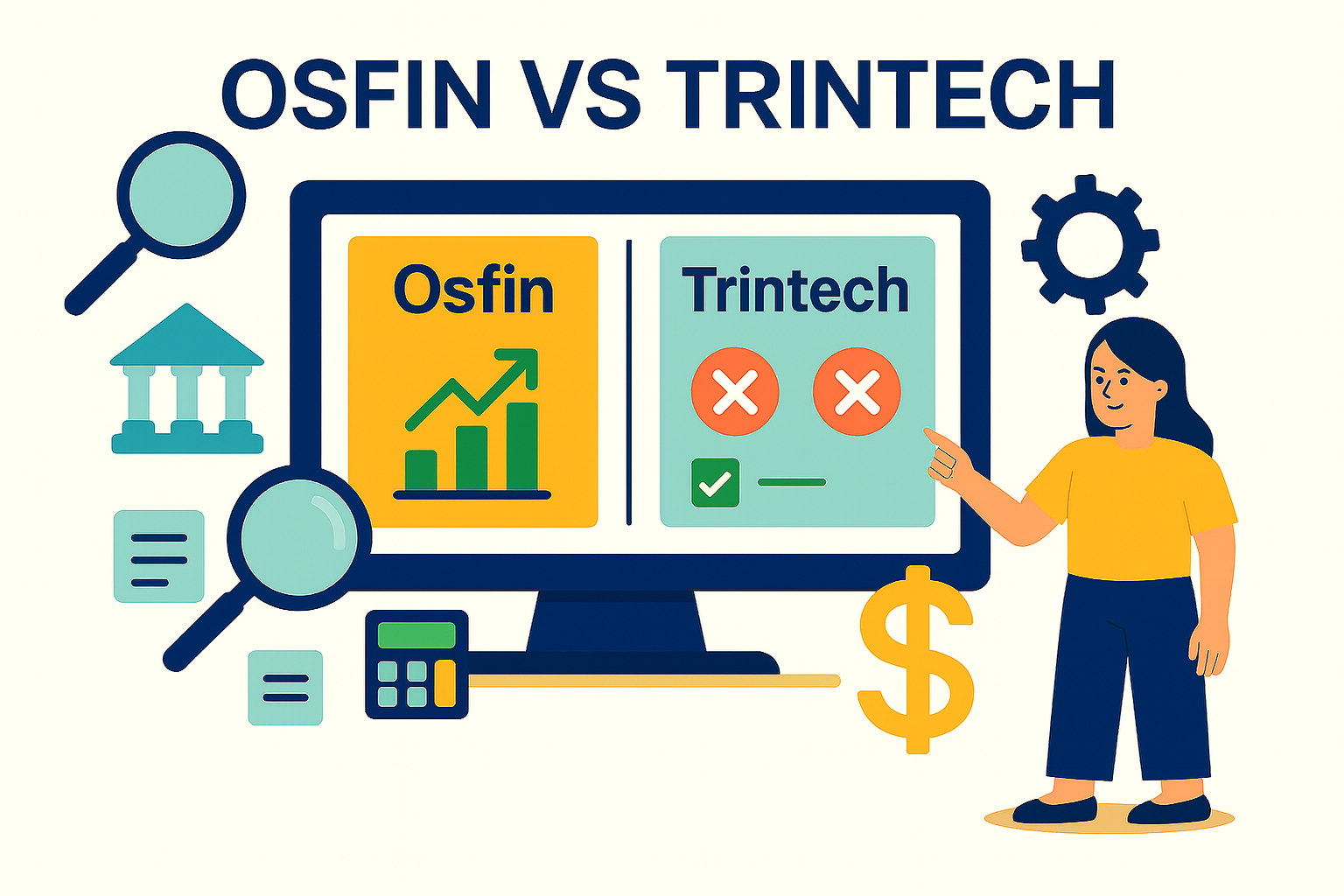Best Practices for an Effective Reconciliation Workflow
Banks and fintech establishments have to handle multiple forms of transactions made across several payment rails daily. They need to maintain different reconciliation workflows to maintain records for the money and ensure that errors don’t pile up.
In fact, the digital payments market is set to rise to US $20.09 tn in 2025. With this scale of transaction volume, banks and fintechs must reconcile data from multiple systems, core banking platforms, third-party processors, wallets, and partner networks, daily. Manually standardising files sent via ecosystem partners and managing these transactions using spreadsheets is no longer practical or secure.
Automated systems are now the foundation of modern reconciliation workflows. They help operations teams process high-volume, multi-source and multi-format data with accuracy and speed. A well-structured reconciliation workflow ensures that all funds are accounted for, discrepancies are resolved quickly, and financial records remain audit-ready.
This article highlights the best practices to maintain account reconciliation workflows, automation process, and tips and tricks to optimize the process.
What is Account Reconciliation?
Banks and fintechs maintain thousands of accounts and have to track millions of transactions. Accounting reconciliation is the process of matching the individual transactions account with the bank’s records to ensure that all the transactions are accounted for and there are no discrepancies.
Account reconciliation is usually conducted frequently, in periodic or continuous intervals. Most banks employ automated systems for continuous reconciliation in real time, and also conduct weekly and monthly checks to ensure there are no mismatches or errors.
Why Accounting Reconciliation Matters for Business?
A smooth and error-free account reconciliation workflow is necessary for banks and credit unions. Reconciliation workflows help identify mismatches and discrepancies and flag potential fraud and threats. Banks need to ensure that these problems are resolved and that their clients’ accounts have accurate financial records.
Banks and financial institutions are responsible for ensuring that their customers’ money is safe and their financial records are reliable. An accurate account reconciliation workflow also helps them stay safe from violating any government regulations or compliance.
Implementing a Month-end Account Reconciliation Process
Banks and credit unions must ideally conduct frequent checks to ensure an error-free reconciliation workflow. Month-end reconciliation processes are essential in this regard as they help banks to ensure that their records are accurate, all the transactions are accounted for, and they are prepared for reporting and audits.
A monthly reconciliation process will also ensure that discrepancies are identified and resolved early before they cause any significant mismatch. It also helps identify potential risks and take necessary steps.
Best Practices for Building an Account Reconciliation Process
The account reconciliation process is crucial for banks and fintech organizations as it involves maintaining accurate financial statements for their customers. Their customers’ trust is in line. It must be error-free and precise while complying with regulations. Therefore, they must maintain some best practices to ensure the process runs smoothly:

1. Conduct Frequent Checks
Frequent checks will help you spot and correct errors at the nascent stage, before they become a big headache. Setting up daily real-time or daily reconciliation processes can aid in quick error detection and identify potential fraud and other risks.
2. Transaction-level Matching
Banks and credit unions have to deal with voluminous transactions that can make the process more complex. The numerous payment options, like instant payments, ACH, wallets, and card processors, add to it, and spotting mismatches and errors becomes difficult.
With transaction-level matching, each individual transaction is checked across the system, and it is easier to find mismatches and resolve them quickly.
3. Maintain Formatting Consistency
If you have different formatting systems for every account, it can be confusing and prone to errors. Maintaining clean and consistent formatting across all accounts greatly ensures that the process is fast, smooth, and accurate.
Ensure that all your data sources use the same structure and format to record crucial information like amounts, dates, currency codes, transaction IDs, etc. Minor changes may exist, as long as they are not harmful. For example, the format of the general ledger might not be the same as that of its accounts payable or accounts receivable sub-ledgers. However, they must show clean numeric formatting while maintaining all the checklist items.
4. Use Automation for a Seamless Workflow
In today’s world, automation is replacing all the workload and cutting the processing time of manual practices.
Using a reconciliation automation like Osfin can equip you with robust features like real-time reconciliation through interactive dashboards, data-pulling from relevant sources, quick error detection and resolution, high-volume data processing, and much more. Move on from surface-level data processing, reconciliation platforms perform data processing from the granular level, providing instant and accurate results.
5. Focus on Staff Training
Robust tools can make your processes easier, but it depends on innovative and efficient use. A well-trained team will help you achieve that. Provide them with clear Standard Operating Procedures (SOPs) to ensure your team is trained to interpret and handle discrepancies. You must also help them develop the skills to operate the tools and software to boost their productivity and efficiency.
6. Set Clear and Reasonable Control Standards
This is a crucial aspect to maintain strong internal controls in the financial close process. It provides team members with rules and procedures to understand which discrepancies matter and should be escalated, and which are harmless. This ensures consistency across all accounts and reduces the risk of unnoticed errors and mismatches.
7. Investigate Discrepancies to Improve the Process
The ultimate aim of account reconciliation is to identify and fix discrepancies and release accurate financial statements. You must also investigate the source of these discrepancies to make sure it’s not repetitive.
How to Automate Balance Sheet Reconciliation?
Maintaining a manual reconciliation workflow is impractical and redundant for banks and credit unions that go through millions of accounts and transactions every day. Especially with powerful AI and ML-powered reconciliation software (like Osfin), it can turn an Excel sheet chaos into a smooth and streamlined process. Here are some reconciliation processes that you can automate using software solutions:

1. Automated data collection
Leverage finance automation software for high-volume data ingestion from various sources like bank statements, ledgers, and payment gateways. Software like Osfin also provides data standardization systems, a platform where all of your data is stored and ready to be processed. This eliminates the risk of losing essential documents and ensures a smooth process.
2. Automated data matching
Dealing with millions of accounts and conducting transactional data matching for each account can be a tedious manual task. Let automations handle all the heavy-duty tasks. It can process voluminous data within minutes and deliver fast, accurate, and error-free results.
3. Quick error detection
Accurate error detection and resolution are crucial to reconcile and close financial statements. Automation software boosts the process with accuracy for quick error detection and resolution, and helps prevent operational risks, regulatory fines, or financial mismatches.
4. Real-time visibility of the processes
Robust automation platforms like Osfin offer an interactive dashboard feature that allows you to get real-time updates of your account reconciliation processes. This helps to spot dispatches instantly, detect potential frauds faster, and get real-time visibility of cash flows.
5. Integrations to boost productivity
Conducting manual reconciliation through hefty Excel workbooks is a thing of the past. Integrating automations makes your processes smoother, saves manual efforts, and helps you close financial statements with 100% accuracy.
Balance Sheet Reconciliation Tips
Managing reconciliation workflows can be daunting, but some tips and tweaks can always make things easier. Here are some notable tips to smooth your reconciliation workflow:
1. Maintain clear guidelines for accuracy: Laying down a set of rules and procedures ensures uniformity in all your processes and helps you achieve more accurate and efficient reports.
3. Have a limited but skilled team: You can automate most of your workflows to reduce the manual efforts of the accounts team. Applying better team management tactics, such as avoiding overcrowding, staff training, and ensuring everyone knows their responsibilities, can help create a more productive reconciliation workflow.
4. Leverage technology to reduce manual work: Automate wherever required. Eliminate those long and repetitive manual processes, leverage technology, and streamline your reconciliation workflow.
5. Document all the processes for further improvement: Maintain thorough documentation of all the processes to identify faults in the system and find ways to improve productivity while improving audit readiness.
Improve Reconciliation in Accounting with Osfin
The fast-paced world of finance is no longer bound by spreadsheets and Excel workbooks. Account teams are always under tremendous pressure to ensure each transaction is matched with records and accounted for, and there is no room for error.
This is where Osfin steps in with its all-in-one finance and accounting automation solution. It is tailored for operations and finance teams handling voluminous accounts, providing unified data consolidation through pre-built connectors. and helps identify risks and mismatches before they spiral into major bottlenecks. Its real-time visibility of reconciliation processes ensures overall financial statement accuracy by maintaining 100% precise transaction-level matching.
Book a demo today and revolutionize your account reconciliation processes.
FAQs on Best Practice for Reconciliation Workflow
1. What exactly is account reconciliation?
Banks and credit unions conduct account reconciliation. This process involves matching the financial transactions of every account with internal records and ensuring no mismatches in the reports.
2. How often should banks conduct account reconciliation?
Banks may conduct account reconciliations weekly and monthly. However, automation like Osfin provides the best solution, offering real-time visuals of cash flow and continuous reconciliation processes.
3. What are some best practices for reconciliation workflows?
Best practices help in improving the accuracy and productivity of reconciliation workflows. Some of them are effective staff training, conducting regular checks, and maintaining formatting consistency across all accounts. Leveraging robust technology and establishing standard procedures are also important aspects.
4. What are some discrepancies found during account reconciliation?
Some common discrepancies may be outstanding checks, missing transactions, double payments, errors in entry, and delayed transactions.


